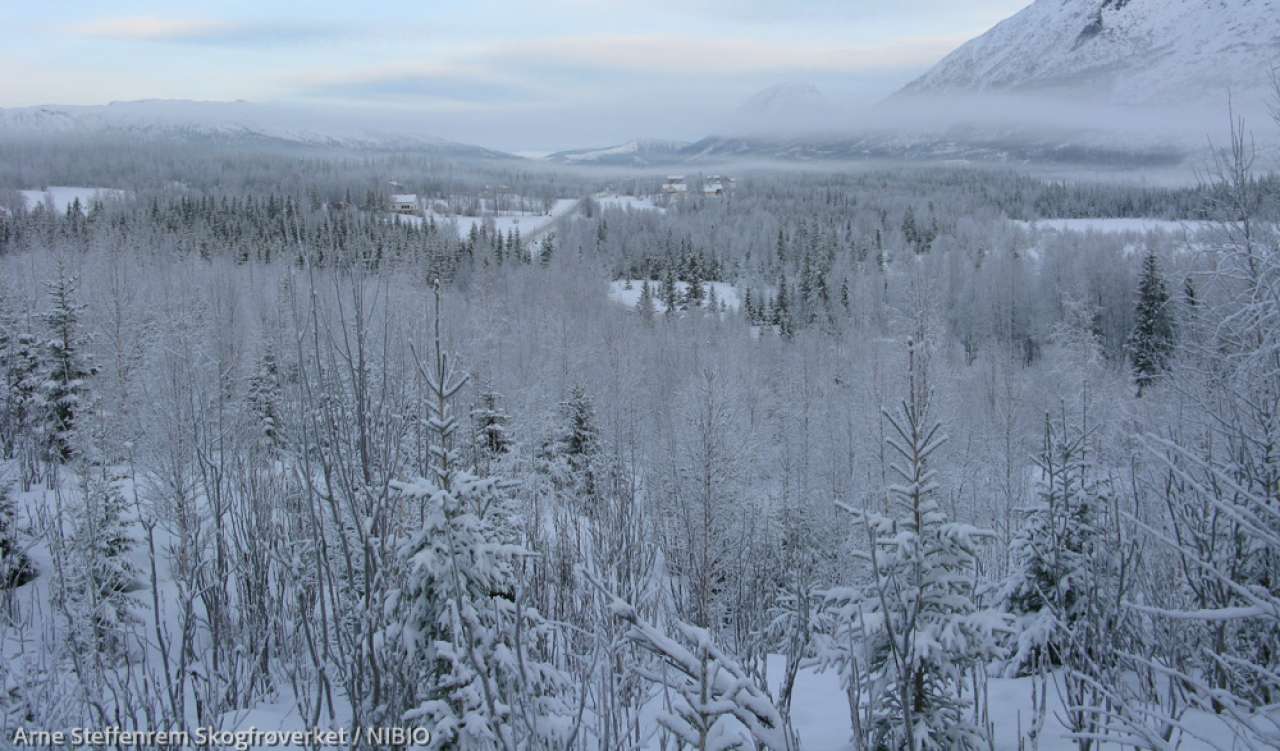Division of Forest and Forest Resources
B4EST: Adaptive BREEDING for productive, sustainable and resilient FORESTs under climate change

End: sep 2022
Start: jan 2018
B4EST er et stort europeisk samarbeidsprosjekt som skal tilrettelegge for at skogplanteforedlingen skal kunne utvikle nye og tilpassede plantematerialer for et endret klima og et samfunn med stort behov for stabil forsyning av råstoff.
| Status | Concluded |
| Start - end date | 01.01.2018 - 30.09.2022 |
| Project manager | Arne Steffenrem |
| Division | Division of Forest and Forest Resources |
| Department | Forest Genetics and Regeneration |
| Total budget | 3500000 |
Det er 19 institusjoner som deltar i prosjeket, det koordineres av INRAE i Frankrike, og fra Norge deltar NIBIO.
Publications in the project
Abstract
The complete diallel cross is the only mating design that provides estimates of variance components of general combining (GCA), specific combining ability (SCA), maternal and reciprocal effects, in addition to heritabilities and genetic correlations. To obtain such estimates, complete diallels were made among 10 trees in each of three natural Norway spruce populations from altitude 300 and 500 m in southern Norway. Seedlings from families from the diallels and open pollinations were tested in short-term tests on agricultural soil at one site at altitude 85 m until age 10 years from seed. Tree height at ages 7 and 10 years and diameter at age 10 had strongly significant GCA variance components within each population. The components for SCA and maternal effects were small and not significant, indicating low levels of non-additive genetic variation. For the days of initiation and cessation of the shoot elongation period the GCA components were dominating and had the highest heritability estimates in two of the diallels. Estimates of genetic correlations between traits measured in earlier nursery trials and height and diameter in the short-term trials had low and not consistent values in the three diallels. The duration of the shoot growth period and rate of growth showed positive relationships with height and diameter. Strong relationships were present between half-sib family means from the diallels and open-pollinated families for height, diameter and phenology traits. Progeny trials testing open-pollinated half-sib families from natural populations can be used for selection of candidates for the initial breeding populations.
Abstract
The complete diallel cross is the only mating design that provides estimates of variance components of general combining (GCA), specific combining ability (SCA), maternal and reciprocal effects, in addition to heritabilities and genetic correlations. To obtain such estimates, complete diallels were made among 10 trees in each of three natural Norway spruce populations from altitude 300 and 500 m in Norway. Nursery trials were performed with the families from these crosses and families from seeds collected from open pollination. Traits measured and analysed are seed weight, germination rate, germination percentage, terminal bud set, and seedling heights the first and second years. The seedlings from the population at origin 500 m had lower seed weight, lower heights and earlier bud set than those from the two populations from lower altitude. A considerable variation was present among families within each diallel, and the GCA variance components had the highest values and were significant for most traits. Variance components for SCA and maternal effects were also significant for some traits, but with inconsistent values in the three diallels. A strong relationship was present between the weight of the seed lots from the maternal parent and mean family height after one and two growing seasons. The highest estimate of heritability was observed for bud set, with similar values in all three diallels.
Authors
Mateusz Liziniewicz Mats Berlin Thomas Solvin Henrik R. Hallingbäck Matti Haapanen Seppo Ruotsalainen Arne SteffenremAbstract
No abstract has been registered
